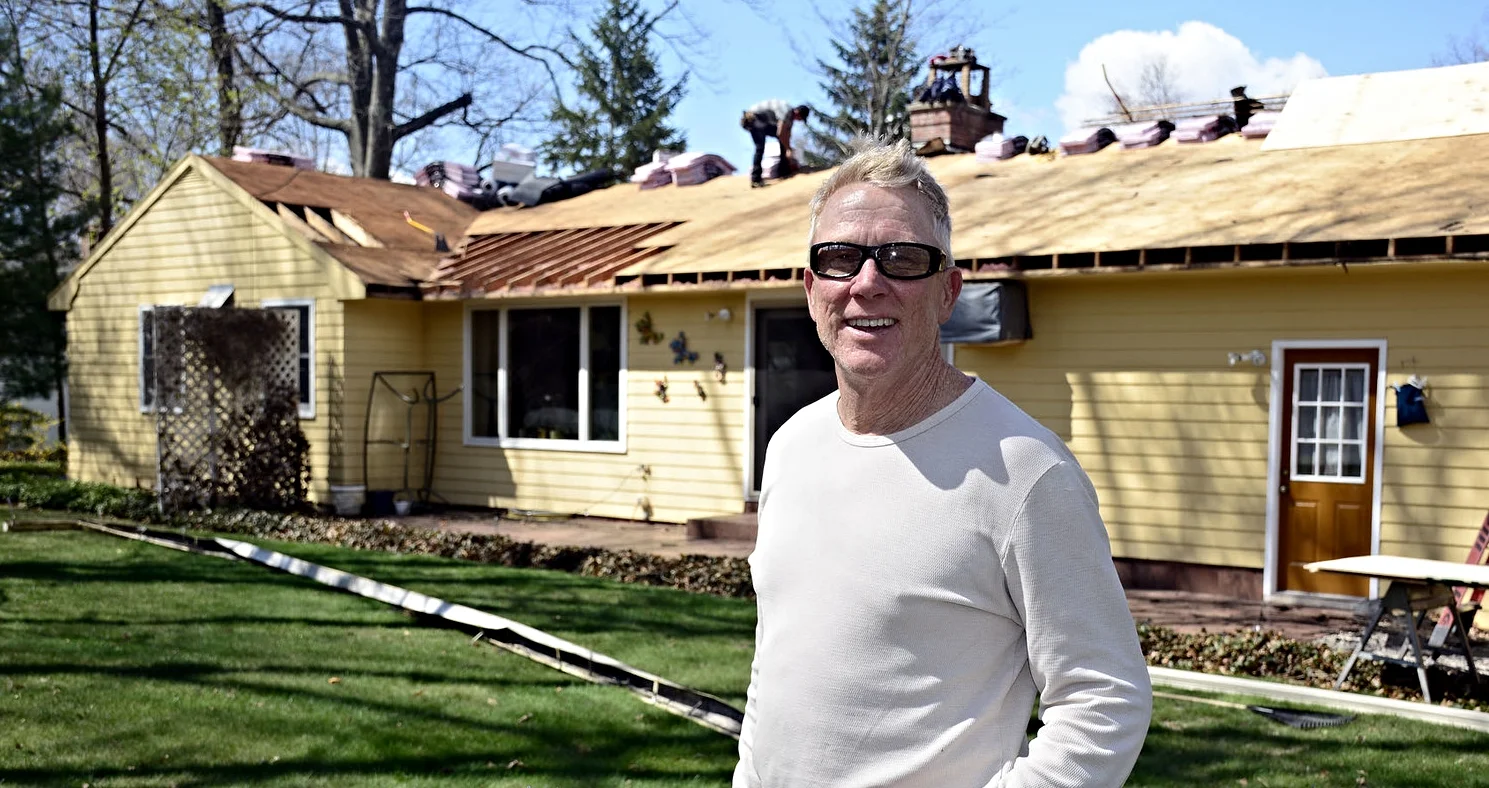Unwanted Holiday Houseguests
Chelsea O'Donnell
As winter settles in, you might find yourself sharing your home with some unexpected guests. Mice, raccoons, squirrels, and even possums often look for warmer places to stay as the weather grows colder. Attics make an ideal retreat, providing shelter from the elements. If you’re hearing strange noises such as squeaks, scurrying, or even hissing, especially late at night, it’s likely that a critter has moved in.
If an animal has taken up residence, it’s important to act quickly before they get too comfortable. Once settled, they may start nesting, which can lead to further damage. Most animals leave clues that help identify them. High-pitched squeaks or chewing sounds usually mean rats or mice, while fast scurrying is often a sign of a squirrel or a mouse. Raccoons, known for their snarling and hissing, tend to make more aggressive noises. While some animals move into your attic on purpose, others may be there by accident and are simply trying to find a way back outside. Understanding what you’re dealing with can help you determine the best course of action.
Animals in your attic aren’t just a nuisance; they pose serious risks to your home. Most will gnaw on anything they encounter, especially mice and rats, which chew through wiring, creating fire hazards. Larger animals like raccoons and possums can tear apart insulation and ruin ductwork, leading to costly repairs. Their droppings and urine can also create unpleasant odors and unsanitary conditions.
If your problem is mice or rats, they likely came in looking for warmth and water. These small animals can squeeze through holes as tiny as a dime, so sealing any potential entry points and fixing leaks is essential. Setting bait traps can catch some of the rodents already inside, but long-term solutions require securing all access points to prevent re-entry.
Squirrels, on the other hand, usually prefer the outdoors and may have come into the attic by mistake. They often get in through soffits or vents. One of the best ways to help them leave is by installing an exclusion door - a one-way exit that allows them to leave but not return.
Raccoons are more determined and will stay put if they find a warm, dark spot. Since they’re nocturnal, try leaving lights on in the attic and playing music to encourage them to find somewhere quieter to rest.
Bats are trickier, as they’re usually very quiet unless there’s a large colony present. Due to potential health risks, bat removal should only be performed by a certified DEEP specialist.
Finally, possums, much like raccoons, are resilient squatters that often refuse to leave. Their droppings can quickly accumulate, leaving a huge mess and a foul odor. The best way to handle a possum is to call a professional for humane trapping and removal.
Ultimately, dealing with unwanted animal visitors is best left to professionals. Ignoring the problem can result in more than a few sleepless nights; it can lead to extensive and costly repairs.
Bob O’Donnell is the owner of O’Donnell Bros. Inc., a Bristol-based home improvement company established in 1975. Email your questions to info@odonnellbros.com with the subject line “Ask the Pro.” All questions may be considered for publication. To contact Bob for your remodeling needs, call O’Donnell Bros. Inc. at (860) 589-5155 or visit http://www.odonnellbros.com. Advice is for guidance only.
